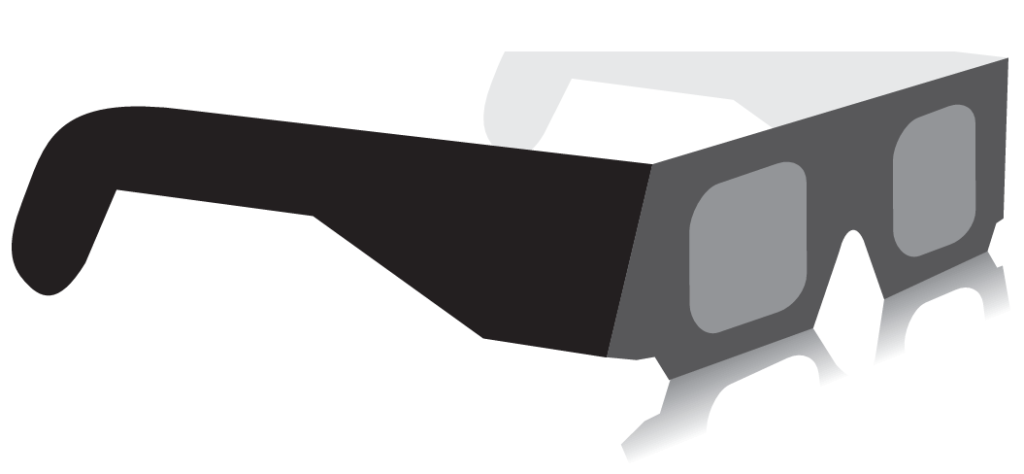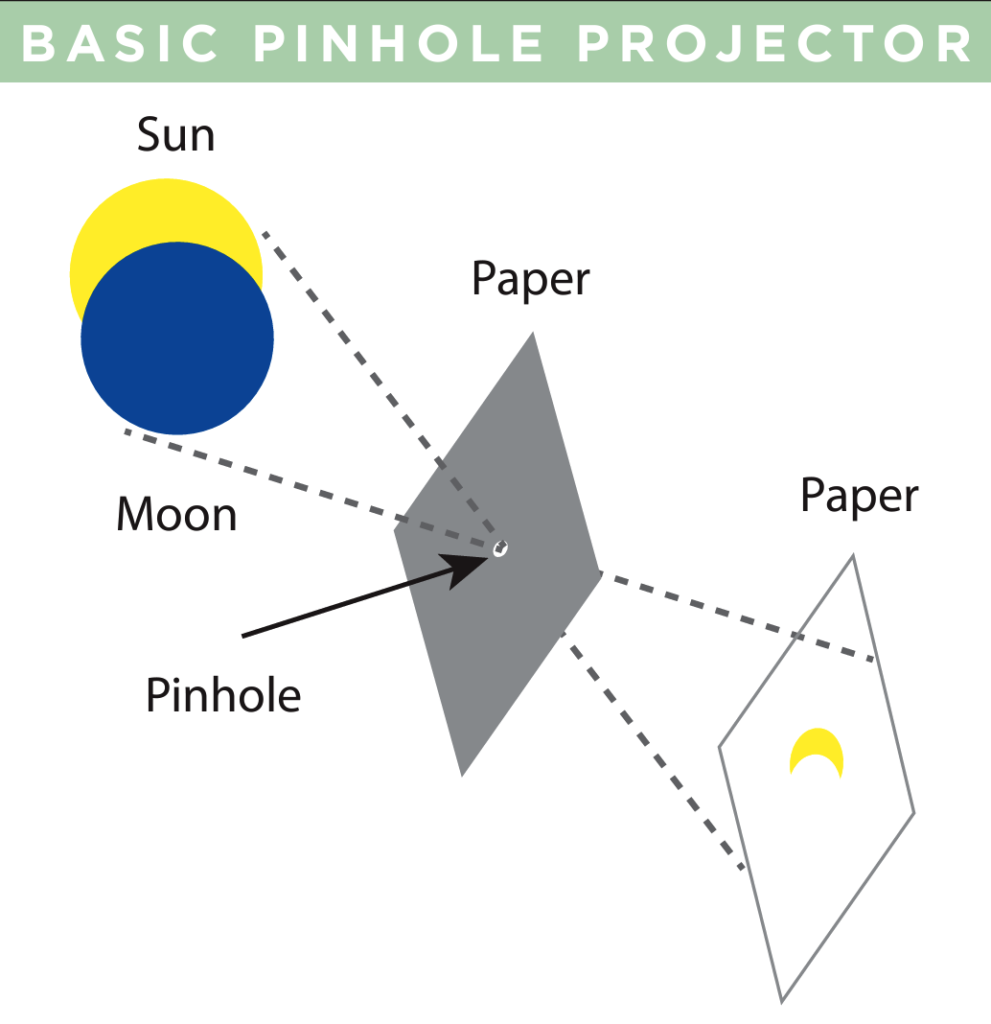
NASA recommends protective eclipse glasses be International Organization for Standardization (ISO) 12312-2 certified.
If you are within the small 115-mile path where a total eclipse of the sun occurs, it is relatively safe to look directly at the moon during “totality,” which is the brief minute or two when the moon obscures the sun completely. However, it is important to look away immediately as the first hint of sunlight emerges around the moon. If you are in a location that will experience the partial eclipse, the safest and most common way to view it is with pinhole projection. For direct viewing of the sun during a partial eclipse, special filters are required. The easiest and least expensive option is to buy commercially available eclipse glasses manufactured specifically for solar observation. Consumers should be aware that NASA recommends protective eclipse glasses be International Organization for Standardization (ISO) 12312-2 certified. Another commercially available f ilter deemed safe for solar viewing is shade number 14 welder’s glass, which can be purchased at any reputable welding supply store. Always inspect your eclipse glasses or handheld viewer before use; if torn, scratched, or otherwise damaged, discard the device.
Unsafe filters include, but are not limited to: • Camera lens, binoculars, or a telescope without a special-purpose solar filter secured over the front of the optics • Sunglasses or smoked glass • Color or black-and-white film and photo negatives such as X-ray film • Polarizing filters or neutral-density films Should you experience vision changes during or following the viewing of an eclipse, seek immediate consultation with an eye physician, such as an ophthalmologist or retina specialist. A total eclipse of the sun is an incredible cosmic phenomenon that is rarely seen. If you’re lucky enough to be along its path and witness it, please use caution, but enjoy the show. The next total solar eclipse in the United States will take place August 23, 2044.

How it works: Put a pinhole in the center of a white index card or sheet of paper. Turn your back to the sun and hold the index card up, allowing sun to beam through the hole, projecting a solar image onto a paper positioned in front of you. Alignment of surfaces is key; the farther apart, the larger the image appears. Positioning the paper in shade will enhance the image. No filters or shields are used. Remember NOT to look directly through the pinhole into the sun.
Leave a Reply